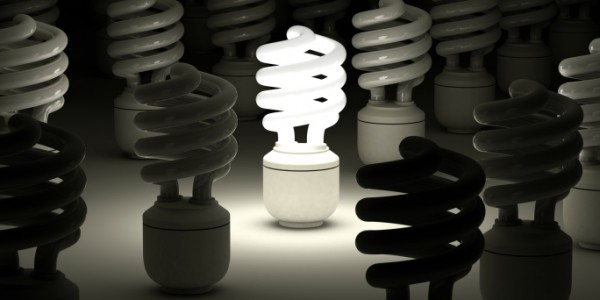Green is the new black
Each year, facilities owned by lower mainland health authorities use enough energy (heat and electricity) to power over 74,000 homes. With round-the-clock demands on systems and equipment, it’s no surprise that health care is one of the more energy intensive sectors in the province. This also means we have many opportunities to reduce our environmental impact and contribute to a healthier climate and environment for our communities.
What can we do?
Buildings owned by health autorities account for a large percentage of our energy use, which means that we can reduce waste by changing our behaviours in these buildings. Some way to decrease energy use include:
- Turning lights off
- Retiring old and inefficient equipment
- Optimizing power settings on computers
Green+Leaders: supporting solutions at work sites
Green+Leaders are staff volunteers who lead these kinds of efforts in workplaces throughout VCH, FHA, PHSA and PHC. Their coworkers may see them putting up posters and stickers, sending out reminders or organizing inter-office challenges to reduce energy use. Green+Leaders also look for opportunities to reduce inefficient practices such as using personal heaters and fans or running equipment unnecessarily.
Kudos: change-agents across health care
As a new Green+Leader, Charlene Dishaw’s efforts have been positively received by her colleagues. “As a team, we want to identify and target our efforts to reduce energy consumption and waste on the site,” Dishaw, the manager of Volunteer Resources at Delta Hospital, says.
The six members of Sunny Hill Hospital’s Green Team have also been presenting to colleauges. In a recent meeting, they took their work literally and dressed in green to present an in-person survey on the number of people who turn monitors off at the end of each day.
Carol Anderson, a Green+Leader and green team member, described the staff reaction as supportive. “People are into it,” said Anderson. Adding that they plan to follow up with a newsletter on myths and information about energy use to help coworkers make more informed choices.
At the Mary Pack Arthritis Centre outreach services coordinator, Paul Adam, has been leading efforts to collaborate with his colleagues on choosing which kinds of energy conservation efforts they want to prioritize. For the next few months, they’ll be working on an “unplug it” campaign which makes sure all unused electronic and other devices are unplugged when not needed.
As Dishaw points out, “We want people to know that every action helps.”
Want more information?
To learn how you can contribute to energy conservation, go to www.bcgreencare.ca
To read Charlene Dishaw’s full profile, log-in to the GreenCare Community site. If you have not logged-in before, you will need to take 2-minutes to create a profile with your health authority email address here: https://bcgreencare.ca/user/register
To learn more about the Green+Leaders program and ways to get involved, check out: https://bcgreencare.ca/program/greenleaders.

